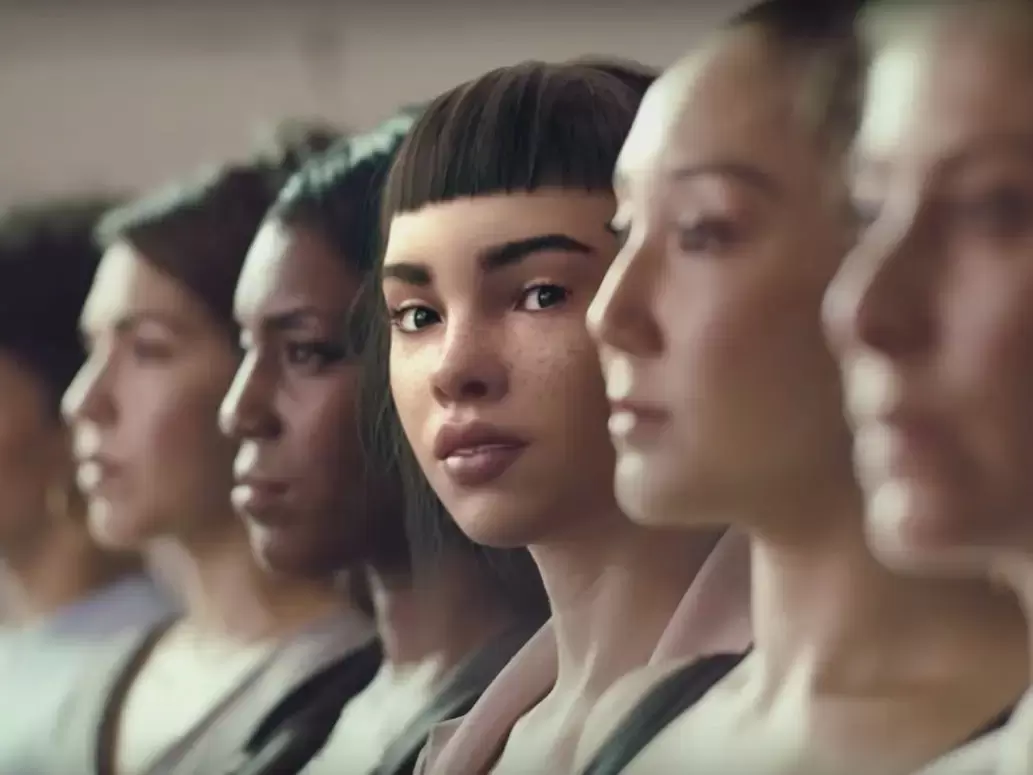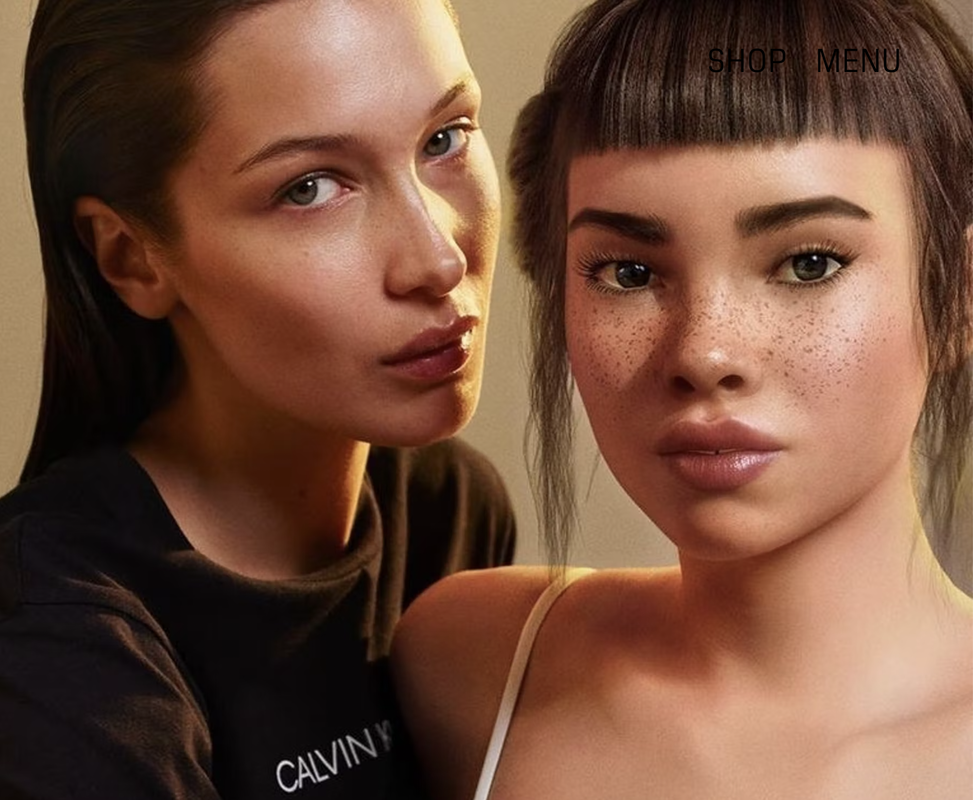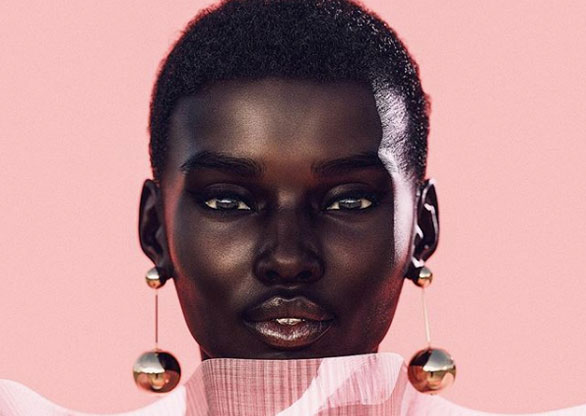|
By: A. Silva Hofstadler Picture from: https://beautybusinessjournal.com/pt/embaixadores-virtuais-influenciadores-da-cgi-n%C3%A3o-s%C3%A3o-mais-apenas-uma-tend%C3%AAncia/ Most popular social media platforms are dominated by visual entertainment and visual selfbroadcasting. Take Instagram as an example: with the exception of short videos called “reels”, content is primarily based on images. Over the years, people have criticized this form of visual content as being shallow and enforcing unattainable beauty standards through the normalization of air brushing and photoshop. When scrolling through this platform, it is impossible to escape the unsettling facial similarity between all these influencers. Jia Tolentino, a staff writer for the New York Times describes it as “a young face, of course, with poreless skin and plump, high cheekbones. It has catlike eyes and long, cartoonish lashes; it has a small, neat nose and full, lush lips. [...] The face is distinctly white but ambiguously ethnic”. This incredibly specific yet wildly sought after “cyborgian look” has a name – Instagram Face, coined by celebrity makeup artist Colby Smith. But, no matter the amount of photoshop being used, behind the selfie screen is a real person with human “flaws”… Right? Well, not necessarily now that CGI influencers have risen in popularity. According to grin.co, CGI influencers are “computer-generated characters that have a social media account and nurture connections with online audiences”. A very popular CGI influencer is Lil Miquela. She has partnerships with companies like Samsung, Prada, YouTube and more. Below is a picture of her posing with (human) model Bella Hadid for a Calvin Klein campaign. Picture from: https://www.wmagazine.com/story/bella-hadid-lil-miquela-calvin-klein-campaign Lil Miquela has taken the world by storm. In 2018, Time magazine placed her on the list for the 25 Most Influential People on the Internet, and as of today she has three million Instagram followers. While Miquela’s team often informs her mass following about social and environmental issues as her persona is that of a self-proclaimed “change-seeking robot”, some of her other captions are nothing short of…eerie. For example, on the 9th of February Lil Miquela posted a picture of herself reading the New York times Best Seller The Power of Now with the caption “BRB bettering myself”. Through the exaggerated, often ludicrous use of slang terms and phrases Miquela is designed to sound like a quirky teenager, which is disturbing when remembering that this is just a very elaborate method of brand personification. The benefits for companies using CGI influencers in campaigns are limitless as their posts, comments and videos have all been carefully curated by teams of experts. Unlike real people, they cannot make mistakes and are thus immune to cancel culture - a modern internet phenomenon that where “individuals transgressing norms are called out and ostracised on social media and other venues by members of the public”, as described by Hervé Saint-Louis a professor at the University of Québec. There are also some digital models that are created specifically for ad campaigns, so they're essentially brand assets that can be used in any marketing material. Alarmingly, according to a study conducted by the company Fullscreen’s research panel, 42 percent of people who were following a CGI influencer on Instagram didn't realize they were a fake person. This is partially due to how impressionable young social media users are, but also because of the alarmingly rapid advancement of technology. Picture from: https://feninjer.com.br/shudu-gram-a-primeira-supermodelo-digital-do-mundo/ Above is an image of Shudu Gram, the world’s first digital supermodel. She is signed with an agency known as The Diigitals, the world’s first all-virtual modelling agency. Shudu has modeled for corporations like Balmain and Fenty Beauty as well as being featured in Vogue and Cosmopolitan editorials. Through the meticulously detailed pores, hairs and light reflections, at a first glance one would not doubt that she was a real person.
The CGI influencer market is projected to keep growing and this could have grave consequences on our society. Essentially, even artists, models, performers, and content-creators, are not free from the threat of automation.
0 Comments
Leave a Reply. |
Categories
All
Archives
June 2024
|



